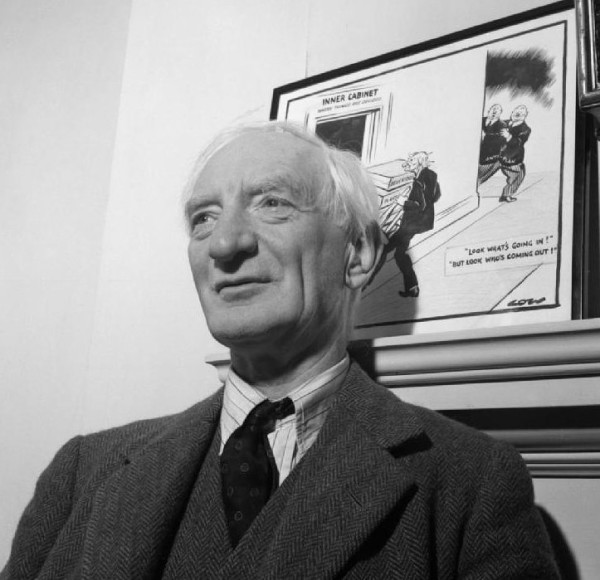Globally, there are 196 countries that have some form of healthcare. From highly regulated health care systems to local, shaman-dependent villages, there are diverse approaches to providing and handling health care. In this article series, I will explain the four main types of health care systems utilized internationally. First, we will examine one of the most organized health care systems in the world: The Beveridge Model.
The Beveridge Model was created by William Beveridge, an economist and social reformer whose ideas led to the creation of Great Britain’s National Health Service (NHS) in 1948. Beveridge’s idea to provide high quality medical care rather than to seek profits was widely popular with the public after the emotional and financial turmoil of WWII.
The Beveridge Model is a nationalized health care system. Similar to how public libraries and police forces are financed by the government, health care is controlled through citizen tax money. Citizens of countries who utilize this health care plan do not directly pay for their medical or other health-related bills. The goal of this plan is to provide quality health care regardless of people’s ability to pay for their care.
The majority of hospitals and their staff are considered government property and employees, respectively. Private doctors and clinics also receive their fees from the government instead of from the citizens. According to Physicians for a National Health Program (PNHP), this health care system has low costs per capita because the national government determines what doctors can do and what they can charge for their services.
Some of the countries that use this plan include Great Britain, Spain, Italy, Scandinavia, Finland, New Zealand, Hong Kong, and Cuba. However, each country has built upon and adopted its own form of the Beveridge Model. In the US, the Beveridge Model approach is applied to veterans and Native Americans. Click here to learn more about health care for veterans and here for Native Americans.
Pros:
Every citizen has access to health care because of the universal coverage.- The government is responsible for quality of care, and this may be beneficial if the government keeps the cost of health care low.
- Citizens do not receive and are not responsible for medical bills or co-pay.
Cons:
- Every citizen must pay the higher taxes regardless of their use of health care.
- The government is responsible for quality of care, and this may be harmful if the government restricts the services patients are allowed access to.
- There are long waiting lists and lines to receive care, especially for those with non-emergency situations.
In the next part of this series, I will be explaining the National Health Insurance Model.
Here are the other parts of the series:










